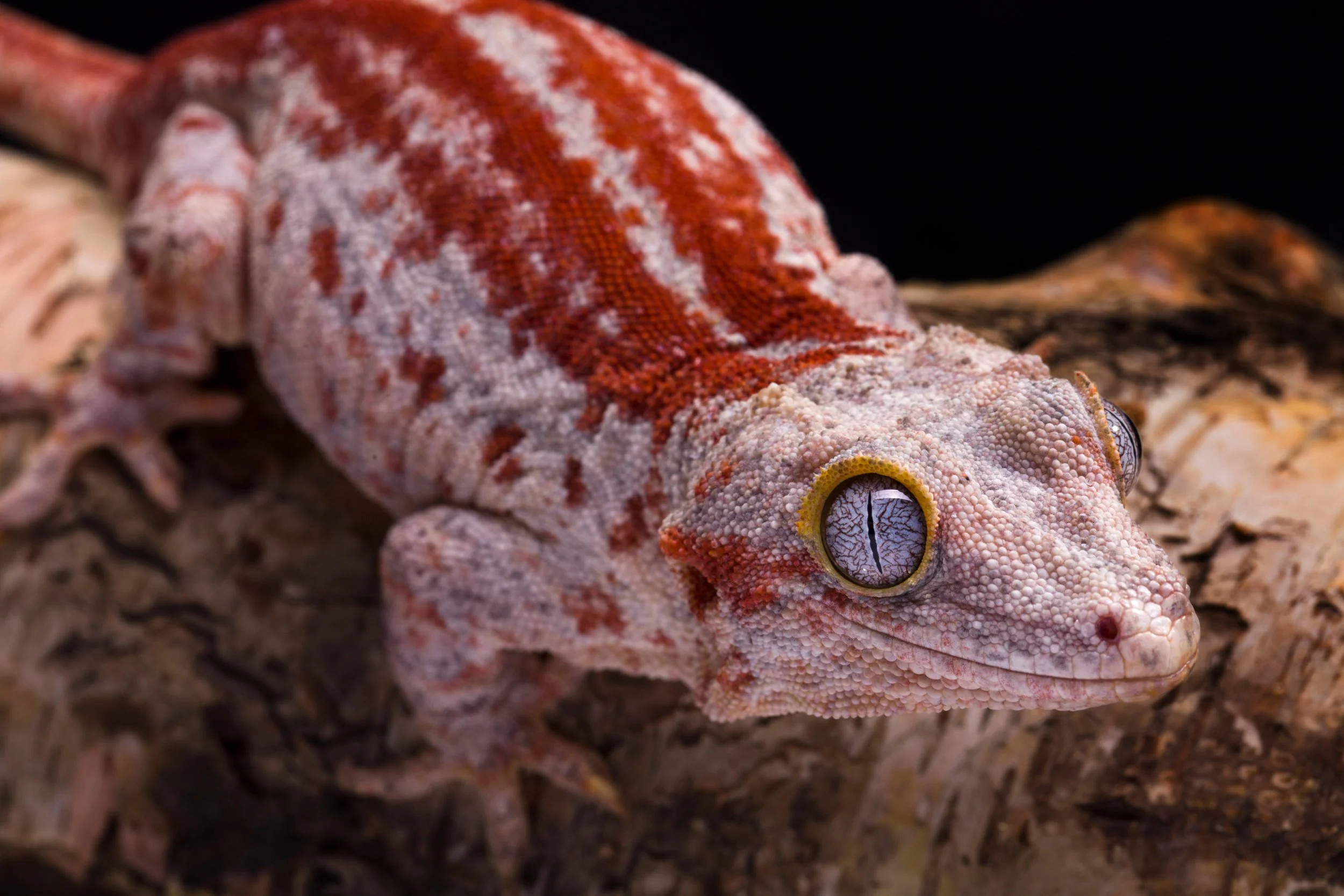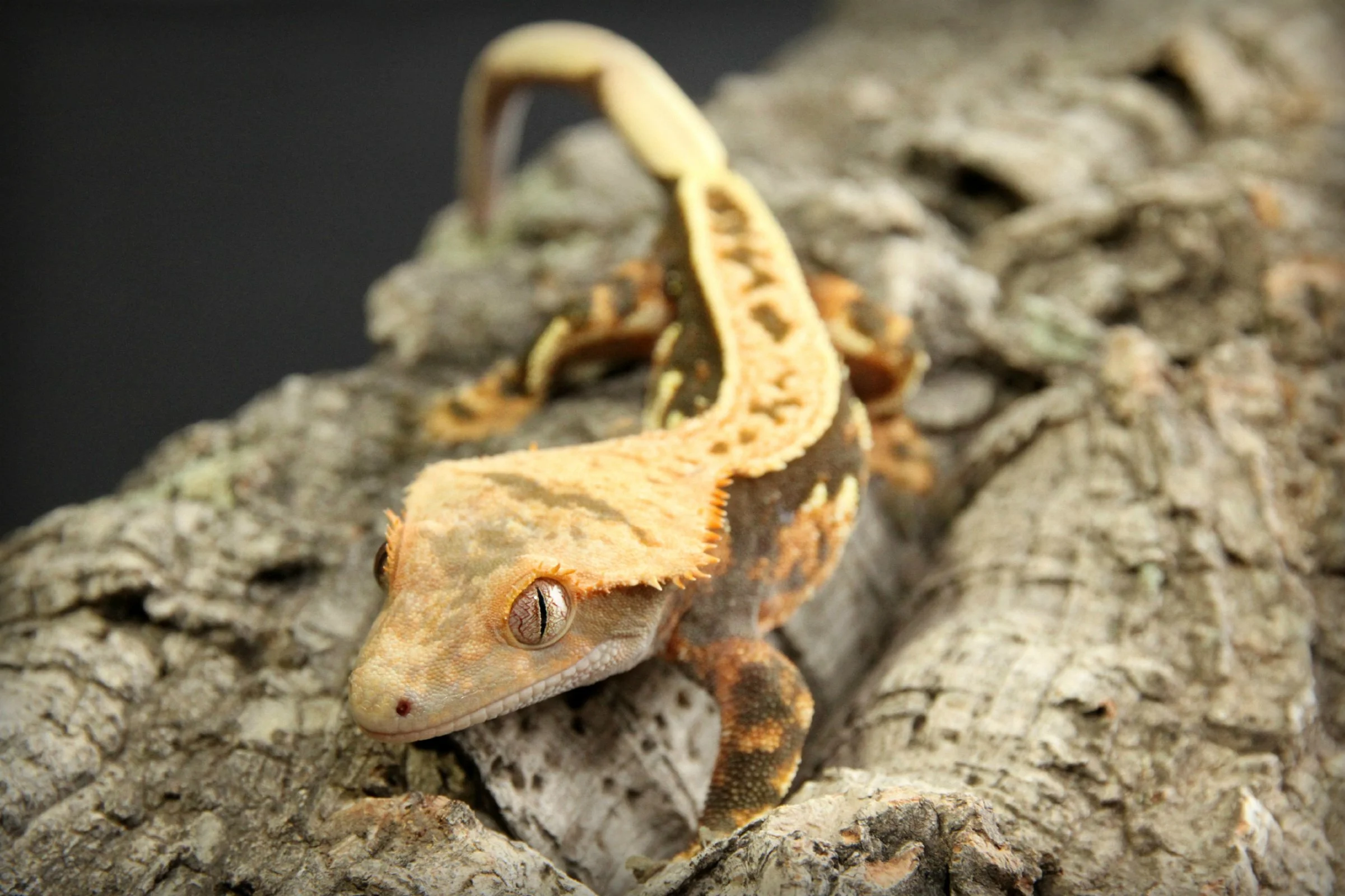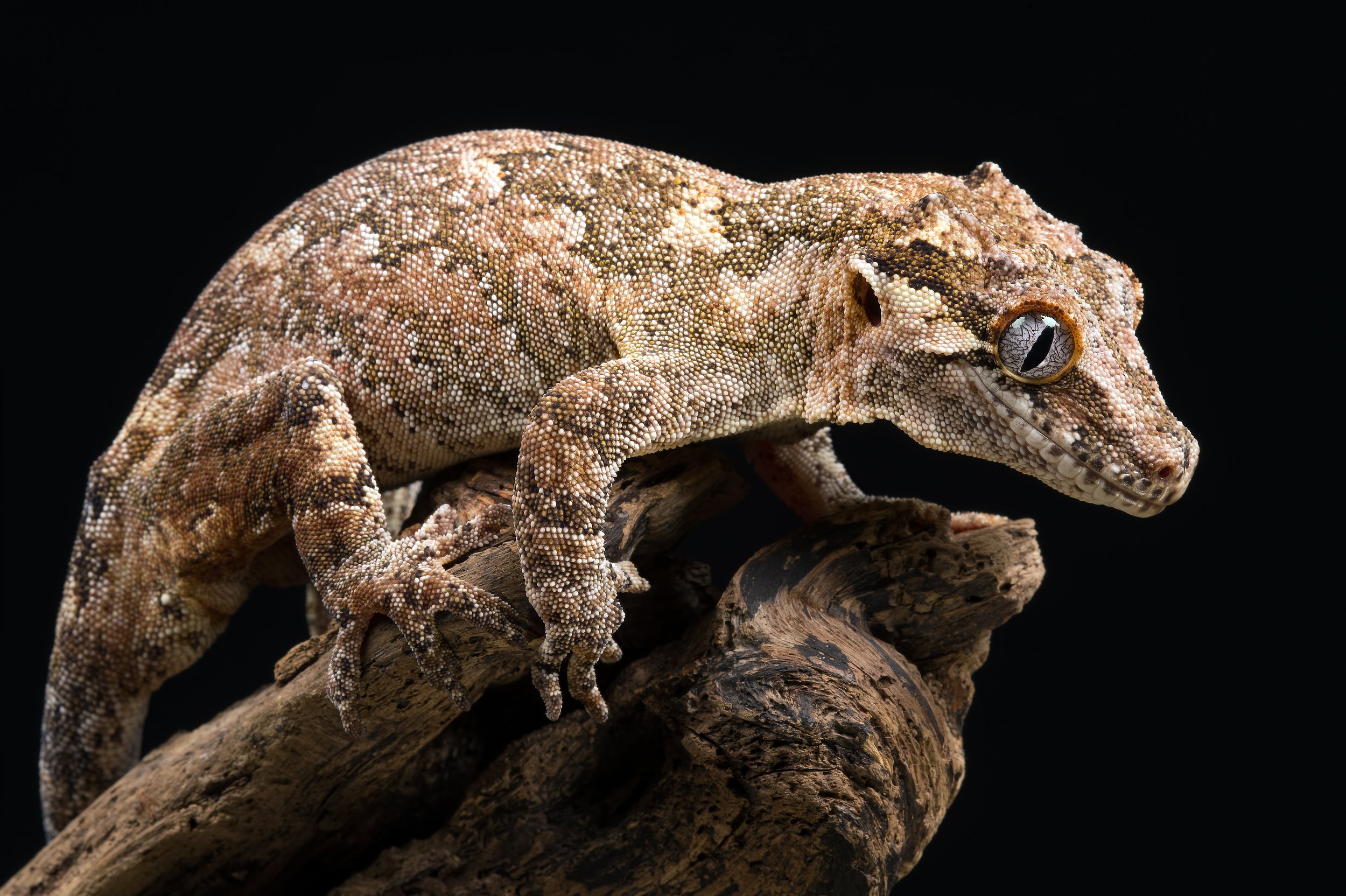The Lowdown on Co-Habitation of Crested and Gargoyle Geckos
In the realm of gecko keeping, co-habitation of crested and gargoyle geckos sparks curiosity and debate. The idea of geckos co-existing in a shared enclosure can be enchanting, but it's not without its complexities. In this post, we'll explore the ins and outs of this practice, discussing its allure, its risks, and the factors that determine its success or failure. By the end, you'll have a clear picture of what's at stake when considering gecko co-habitation. Let's dive in.
The Appeal of Co-habitation
For many gecko enthusiasts, the concept of co-habitation carries a certain allure. Here are some of the reasons why some gecko keepers consider this approach:
Social Interaction: Many gecko enthusiasts are drawn to co-habitation by the prospect of geckos interacting socially with each other. It's common to anthropomorphize these creatures, thinking that geckos may feel lonely or benefit from companionship. However, it's important to remember that reptiles typically don't perceive their world in the same way humans do. Their behaviors and needs are often quite different from our own, which adds complexity to the co-habitation discussion.
Space Efficiency: Co-habiting geckos can share a larger enclosure, which can be more space-efficient, especially if you have limited room for multiple setups. This can also be aesthetically pleasing, as a well-designed shared enclosure can be a beautiful addition to your living space.
Bonding Potential: Some keepers believe that co-habiting geckos may form bonds or develop interesting group dynamics. While this can happen, it's not guaranteed and largely depends on the individual geckos' personalities and compatibility.
However, it's crucial to remember that while co-habitation has its appeal, it also comes with inherent risks and challenges. In the following sections, we'll delve into these complexities, exploring when co-habitation can work, how to make it work, and when it's best to avoid it entirely to ensure the well-being of your crested and gargoyle geckos.
Important Distinction:
It's important to clarify that the information provided here pertains to both crested and gargoyle geckos individually. However, it's essential to understand that co-habiting a crested gecko with a gargoyle gecko, despite their shared habitat in the wild, is not advisable for their safety and well-being. While it might seem intriguing to recreate their natural environment in a single enclosure, it's crucial to respect the differences in their behaviors, needs, and potential territorial conflicts, which can lead to harm.
Co-Habbing Risks and Challenges
While the idea of gecko co-habitation can be enticing, it's essential to consider the potential drawbacks and challenges:
Territorial Behavior and Aggression: Crested and gargoyle geckos, like many reptiles, can exhibit territorial behavior. When placed in close quarters with other geckos, territorial disputes can arise, leading to aggression. This can result in stress, injuries, or even fatalities.
Stress and Health Concerns: Sharing an enclosure can subject geckos to continuous stress, as they may perceive each other as threats. Stress weakens their immune systems, making them more susceptible to illnesses. Monitoring the health of individual geckos in a shared space becomes more complex, as signs of illness may be subtle.
Difficulty in Monitoring: When geckos share an enclosure, it becomes challenging to monitor their individual health and behaviors. Early signs of illness or distress might go unnoticed, potentially leading to serious issues before intervention is possible.
Mismatched Temperaments: Even geckos of the same species can have vastly different personalities. Some may be docile, while others are more assertive or dominant. Mismatched temperaments can lead to conflicts, further increasing the risks associated with co-habitation.
In light of these risks and challenges, it's crucial to carefully assess whether co-habitation is the right choice for your crested or gargoyle geckos. The next sections will explore when co-habitation can work, how to make it work with diligent preparation, and instances where it's best to avoid this practice altogether to ensure the well-being of your geckos.
When It Can Work
While co-habitation of crested and gargoyle geckos poses significant challenges and risks, there are specific situations when it can potentially work:
Same Species, Similar Size, and Gentle Temperament: Co-habitation is more likely to succeed when geckos of the same species are kept together. This means housing crested geckos with other crested geckos and gargoyle geckos with other gargoyle geckos. Additionally, geckos of similar sizes are less likely to pose a threat to each other. A gentle and non-aggressive temperament in all geckos involved is crucial for peaceful coexistence.
Spacious and Enriched Enclosure: The success of co-habitation often hinges on the enclosure's size and design. A spacious terrarium with ample hiding spots, vertical space, and environmental enrichment, such as live plants and branches, can reduce territorial disputes and provide enough resources for all geckos.
Regular Monitoring: Close and consistent monitoring of co-habiting geckos is essential. Regularly observe their behavior, feeding patterns, and overall health. Any signs of aggression or stress should be addressed promptly.
Even under these ideal circumstances, co-habitation is not without risk. It's crucial to remember that each gecko is unique, and individual personalities can vary. Additionally, while it can work for some, it may not be the best choice for others.
In the following sections, we'll explore how to make co-habitation work if you're determined to try, as well as situations where co-habitation should be avoided altogether to ensure the well-being of your crested and gargoyle geckos.
Tips to Make It Work
If you're determined to attempt co-habitation of crested and gargoyle geckos under suitable circumstances, here are some valuable tips to enhance the chances of success:
Choose Your Geckos Carefully: Co-habitation success often hinges on smart choices. You will need to choose the same species and animals of a similar size. You will also need to opt for all females or one male with one or more females. Never try to co-hab two or more males. It is also important to note that housing juvenile geckos of mixed genders can cause them to breed early which is bad for the female’s health. Adult geckos kept in mixed-gender groups will definitely breed.
Ample Space and Hiding Spots: Provide a spacious enclosure with multiple hiding spots and vertical elements. This allows geckos to establish their territories and escape potential conflicts.
Environmental Enrichment: Create a stimulating environment with live plants, branches, and decorations. This can reduce stress by offering diversions and ensuring geckos have plenty of resources.
Regular Monitoring: Keep a close eye on your co-habiting geckos. Observe their behavior, ensure they are all feeding adequately, and check for any signs of stress or injuries.
Provide Multiple Food and Water Stations: Ensure that all geckos have easy access to food and water. Multiple feeding and hydration stations can help minimize competition.
Be Prepared to Separate: Have a backup plan in case conflicts arise. Prepare a separate enclosure where geckos can be isolated if necessary to prevent harm.
Despite these tips, it's essential to remember that co-habitation remains a complex endeavor. Success depends on various factors, including the individual personalities of the geckos involved. Some geckos may thrive in a co-habiting setup, while others may not. Always prioritize the safety and well-being of your crested and gargoyle geckos when considering co-habitation.
When to Avoid Co-habitation
While co-habitation can be successful under certain conditions, there are scenarios when it's best to avoid it altogether to ensure the well-being of your crested and gargoyle geckos:
Mixed Gecko Species: It's generally ill-advised to co-habit geckos of different species. Mixing species can lead to misunderstandings, heightened stress levels, and territorial conflicts due to their differing behaviors and habitat preferences.
Vastly Different Sizes: Avoid co-habiting geckos with a significant size difference. Larger geckos may dominate smaller ones, leading to stress, aggression, and potential harm.
Multiple Males: Never attempt to co-hab multiple male geckos. Males can be territorial and competitive, increasing the likelihood of aggression and injuries.
Introducing Strangers: Introducing new geckos to an established co-habiting group can disrupt the existing dynamics and lead to conflicts. Quarantine new additions separately before considering co-habitation.
Aggressive or Dominant Individuals: If you notice one gecko displaying consistently aggressive or dominant behavior, it's best to separate them from the group to prevent harm to others.
Stressful Situations: If you observe any signs of stress, injuries, or persistent conflict among co-habiting geckos, it's essential to prioritize their well-being. Separation may be the safest course of action.
By recognizing these situations where co-habitation is best avoided, you can make informed decisions that ensure a healthier and safer environment for your crested and gargoyle geckos. Always prioritize their welfare when considering co-habitation arrangements.
In the realm of gecko keeping, the decision to co-habit crested and gargoyle geckos is a nuanced one. While the allure of observing these captivating creatures interact is enticing, it's crucial to recognize the associated complexities and potential risks.
Understanding when co-habitation can work, how to make it work under ideal circumstances, and when to avoid it altogether is essential for the well-being of your geckos. Success often depends on the careful selection of geckos, providing the right enclosure and environmental enrichment, and maintaining vigilant monitoring.
Ultimately, the safety and happiness of your crested and gargoyle geckos should be the top priority. Every gecko is unique, and what works for one may not work for another. As responsible gecko keepers, we must balance our desire for gecko interactions with the commitment to ensuring their comfort and security. By making informed decisions, you can create a thriving environment that caters to the unique needs of these remarkable creatures, whether in a shared space or separate enclosures.






